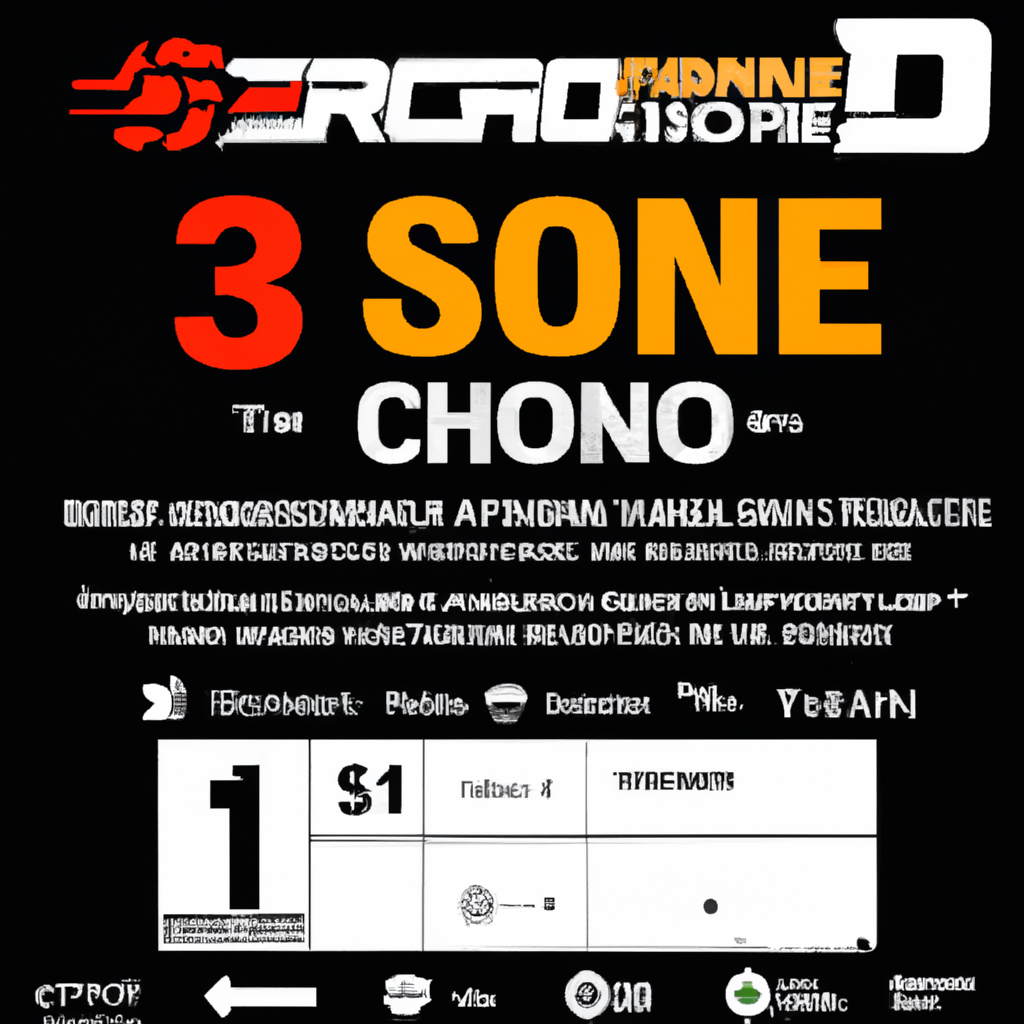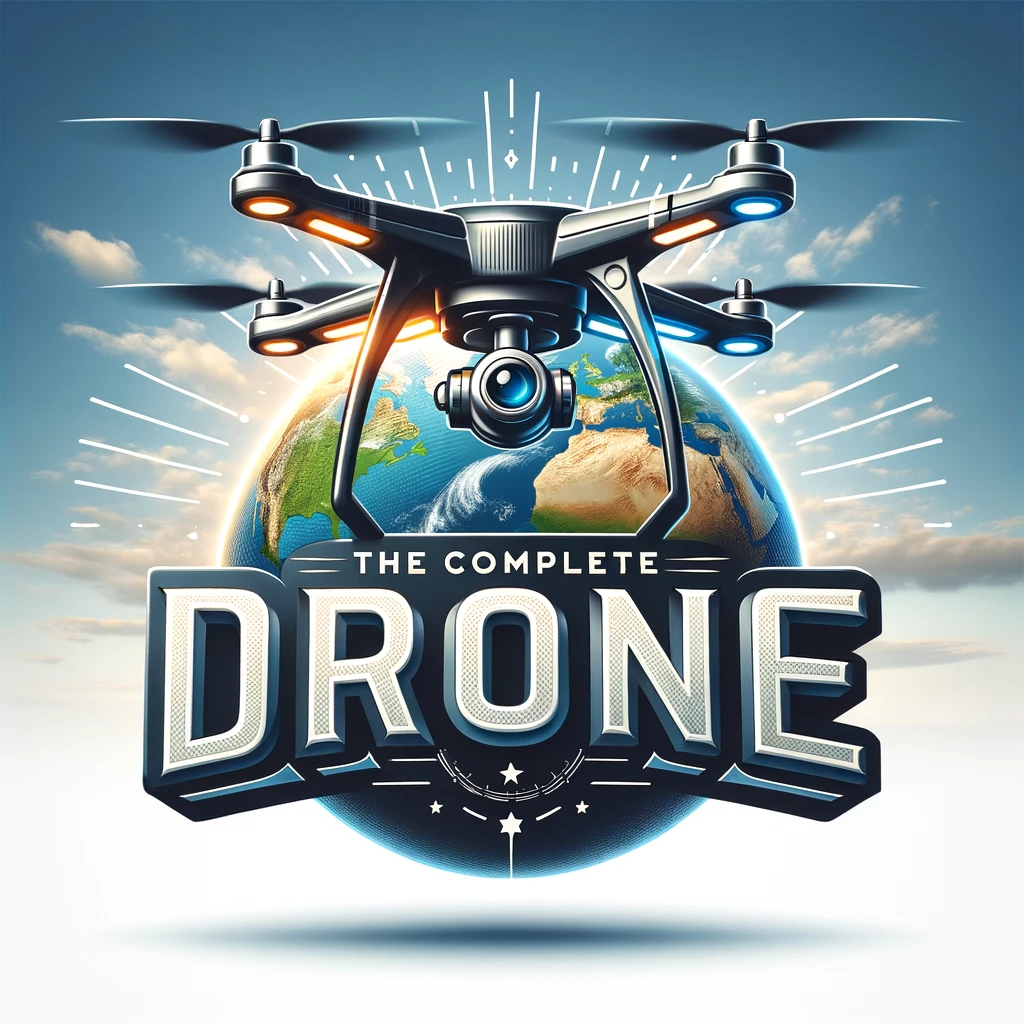Have you ever wondered about the thrilling sport of drone racing? It’s an exhilarating experience that combines the joy of flying remote-controlled drones with the excitement of a high-speed race. In drone racing, pilots navigate their unmanned aerial vehicles through challenging obstacle courses, pushing their skills and machines to the limit. The adrenaline rush is palpable as competitors zoom around turns, weave through hoops, and navigate tight spaces. Get ready to be amazed by the world of drone racing and the incredible feats these pilots achieve.
What is Drone Racing?
Drone racing is an exciting and adrenaline-fueled sport that involves piloting small quadcopters, commonly known as drones, through challenging and thrilling courses. It is a high-speed competition that combines the thrill of flying with the excitement of racing, making it a rapidly growing and popular sport worldwide. In drone racing, pilots maneuver their drones at incredible speeds, sometimes up to 80 miles per hour, in an attempt to complete the course in the fastest time possible.
The Origin of Drone Racing
Drone racing, as we know it today, originated in Australia in 2014 with the first official race organized by the Australian company “RotorCross.” The event garnered attention and quickly spread around the globe, captivating drone enthusiasts from various countries. However, the concept of drone racing can be traced back even further to the early 2000s when hobbyists started experimenting with racing remote-controlled aircraft.
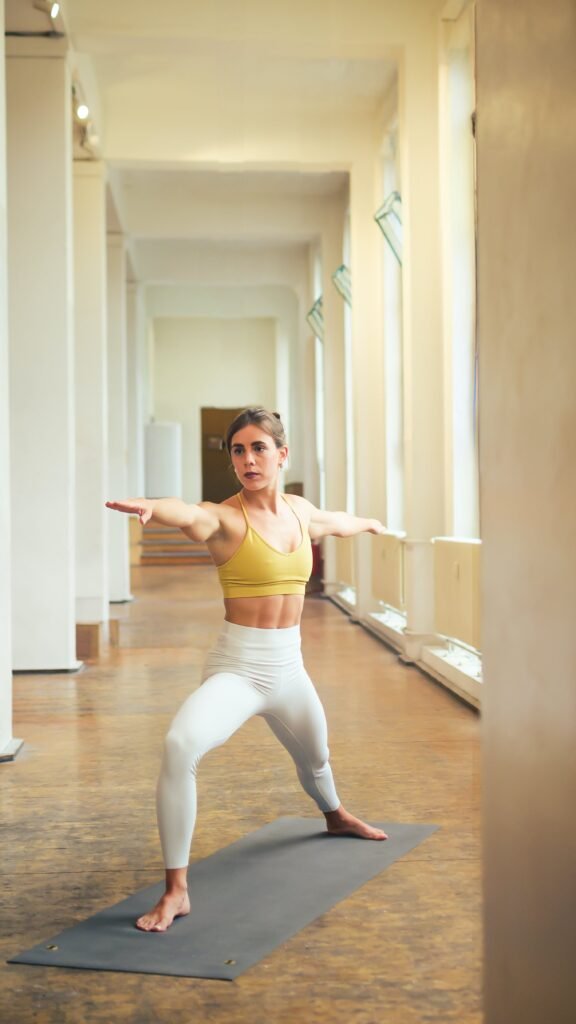
This image is property of images.pexels.com.
The Basics of Drone Racing
To participate in drone racing, you need to have a basic understanding of flying drones and be adept at maneuvering them through challenging obstacles. The race typically consists of a course designed with various obstacles such as gates, hoops, and flags. Pilots navigate their drones through these obstacles, striving for precision and speed. The courses can be indoor arenas, outdoor tracks, or even specially designed courses with different levels of difficulty.
Drone Racing Equipment
To compete in drone racing, you will need a few key pieces of equipment. Firstly, a racing drone itself is essential. These racing drones are specially designed for speed, agility, and durability. They are usually built with lightweight materials such as carbon fiber to enhance their maneuverability. Additionally, you’ll need a remote controller, which allows you to control the drone’s movements and navigate it through the racecourse. The controller typically has joysticks and buttons that control the throttle, pitch, yaw, and roll of the drone.

This image is property of images.pexels.com.
Different Types of Drones Used in Racing
There are various types of drones used in racing, each offering its own unique set of features and capabilities. One of the most common types is the “Mini Quad,” also known as the “FPV (First-Person View) racing drone.” These drones are compact, lightweight, and highly maneuverable, making them ideal for racing through tight spaces and intricate courses. Another type is the “Fixed Wing drone,” which is reminiscent of traditional airplanes and provides a different racing experience. Fixed-wing drones are known for their endurance and high-speed capabilities.
Choosing the Right Racing Drone
Selecting the right racing drone is crucial for a successful and enjoyable racing experience. Many factors need to be considered, including speed, agility, durability, and cost. Depending on your skill level and budget, you can choose from a range of racing drones available in the market. It is advisable to do thorough research, read reviews, and consult experienced pilots before making a purchase. Additionally, it is recommended to start with a beginner-friendly drone to familiarize yourself with the controls and gain confidence before progressing to more advanced models.
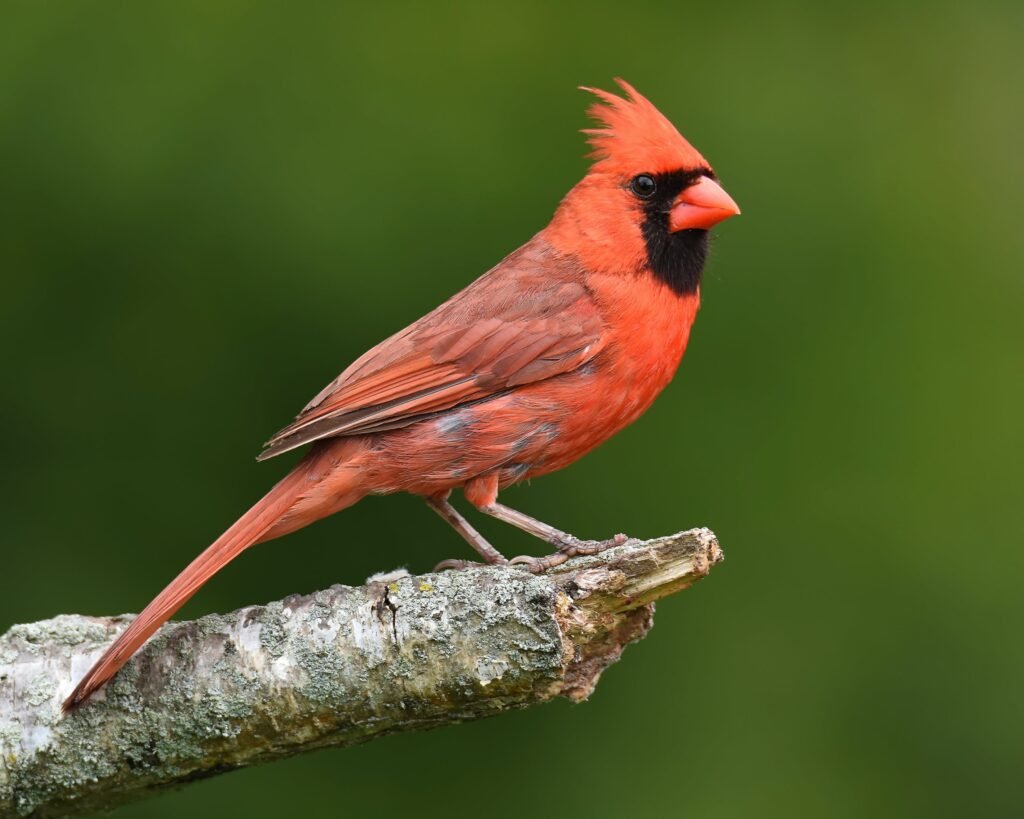
This image is property of images.pexels.com.
Flight Controllers for Drone Racing
Flight controllers play a significant role in drone racing. These electronic devices, located inside the drone, help stabilize its flight and control its movements. They use a combination of sensors, including accelerometers and gyroscopes, to provide stability and smooth flight. When choosing a flight controller for drone racing, it is crucial to consider its responsiveness, compatibility with your drone, and the ability to adjust various flight parameters. Popular flight controllers used in racing include the Betaflight, Cleanflight, and RaceFlight.
FPV (First-Person View) Goggles
FPV goggles are a must-have accessory for drone racing. These goggles allow the pilot to see what the drone sees in real-time, providing a thrilling first-person view of the race. They are equipped with high-resolution screens and receivers that capture the live video feed from the drone’s onboard camera. FPV goggles create an immersive experience, making you feel like you are piloting the drone yourself. They often come with adjustable headbands and lenses to ensure a comfortable and customizable fit.
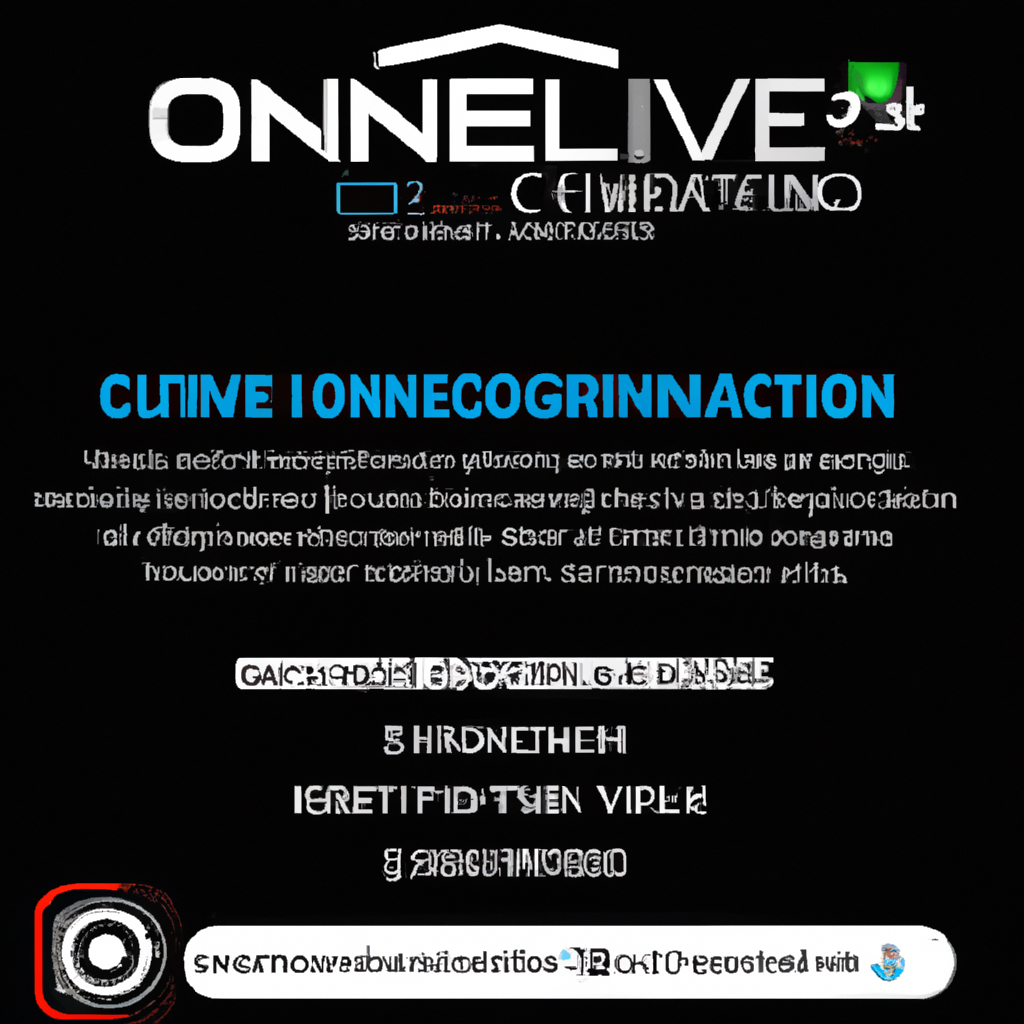
The Drone Racing Course
The drone racing course is a crucial element in creating an exhilarating racing experience. The design and layout of the course greatly impact the level of skill and excitement required from the pilots. Typically, courses consist of various obstacles, including gates, flags, tunnels, and obstacles that test the pilot’s ability to navigate through tight spaces and make split-second decisions. The course can be set up in a variety of locations, including indoor arenas, outdoor parks, or specially built tracks. It is essential to have safety measures in place to protect both the pilots and spectators.
Safety Considerations for Drone Racing
Safety should always be a top priority in drone racing. Due to the high speeds at which drones race and the potential risks involved, safety measures must be in place to protect all participants and spectators. Some important safety considerations include ensuring a clear and designated race area, setting up safety barriers to prevent interference from bystanders, and mandatory safety gear for all pilots, including goggles, gloves, and helmets. It is also essential to have experienced personnel overseeing the race and enforcing safety protocols.
In conclusion, drone racing is a thrilling and rapidly growing sport that combines the joy of flying with the exhilaration of high-speed competition. Whether you are a seasoned drone enthusiast or a newcomer to the world of drones, drone racing offers an exciting and immersive experience like no other. From understanding the basics and choosing the right equipment to navigating through challenging courses and prioritizing safety, drone racing offers a unique opportunity to showcase your skills and compete against the best. So, strap on your FPV goggles, tighten your racing gloves, and get ready to experience the adrenaline rush of drone racing!
